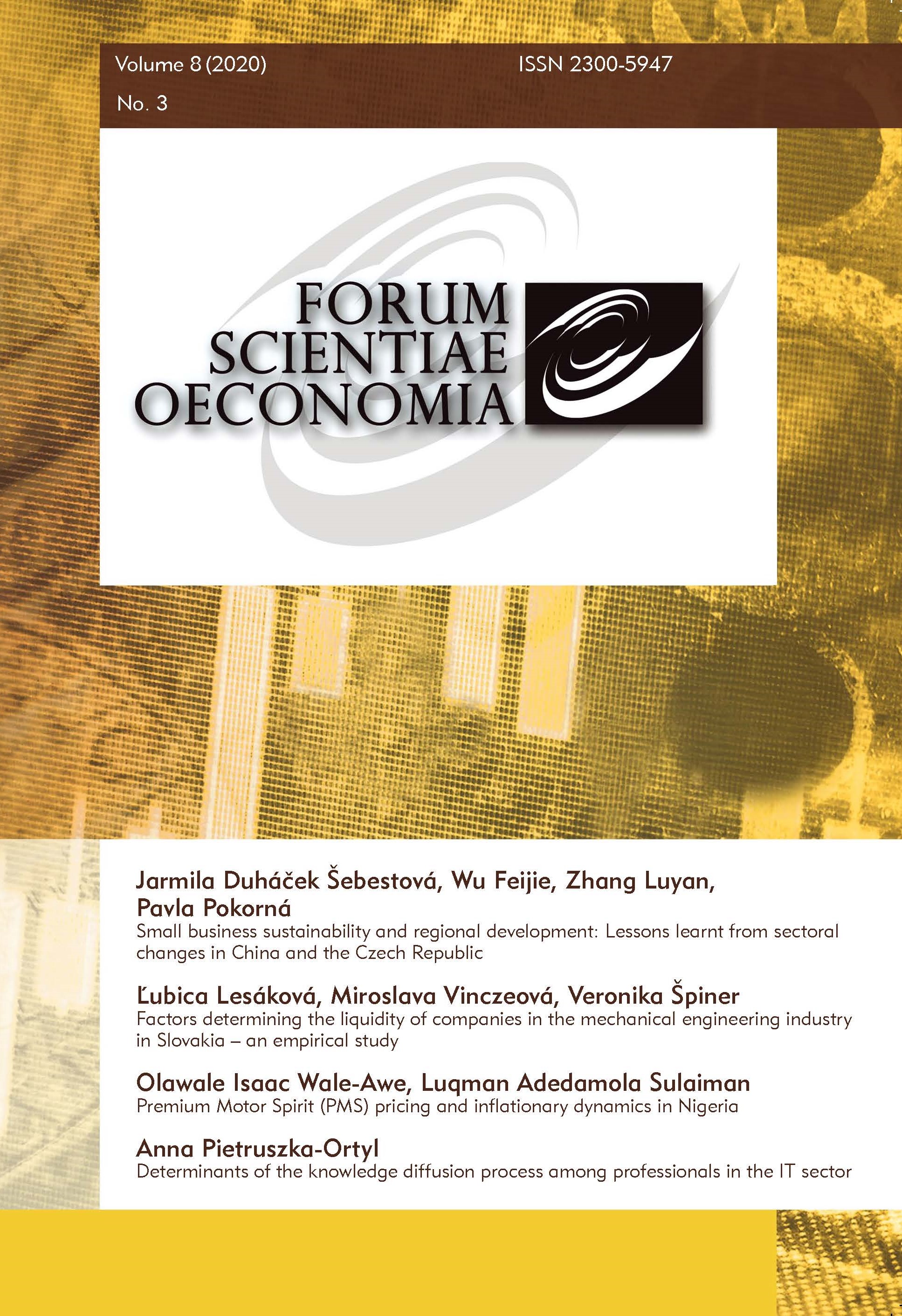Determination of the risk-free rate of return on an investment efficiency based on the fractal markets hypothesis
Determination of the risk-free rate of return on an investment efficiency based on the fractal markets hypothesis
Author(s): Andrii Kozlovsky, Daria Bilenko, Serhii Kozlovskyi, Ruslan Lavrov, Oleh Skydan, Natalya IvanyutaSubject(s): Economy
Published by: Wydawnictwo Naukowe Akademii WSB
Keywords: economic efficiency;investment project;risk;rate of return;Poland;Ukraine;Russia
Summary/Abstract: In determining the economic efficiency of an investment project,the rationale and choice of the discount rate is the mostdifficult step. The methods of investment assessment are builton the rate of return used to discount future cash flows back totheir present value. To increase the accuracy of calculationsand reduce the subjective assessments of experts, statisticalmethods are used. The market process is known to be stochastic.Therefore, investors know that the application of statisticalmethods is not practical, and thus prefer to use their intuitionand professional experience. The alternative group of methodssuch as the Fractal Markets Hypothesis is not widely used becauseit is difficult to carry out calculations according to the proposedformulas in practice. In this paper, the aim is to proposea method for determining the risk-free rate of return on an investmentproject based on the Fractal Markets Hypothesis for identifyinglong-term dependence and assessing the contribution to thetotal result of changes in inflation. The objective of the study is thedetermination of the risk-free rate of return on an investment project.The real risk-free rate is calculated as the existing inflation rate.The result of this paper is the definition of inflation boundaries forPoland, Ukraine and Russia, which may be used for determiningthe risk-free rate of return on an investment project.
Journal: Forum Scientiae Oeconomia
- Issue Year: 8/2020
- Issue No: 3
- Page Range: 61-72
- Page Count: 12
- Language: English

